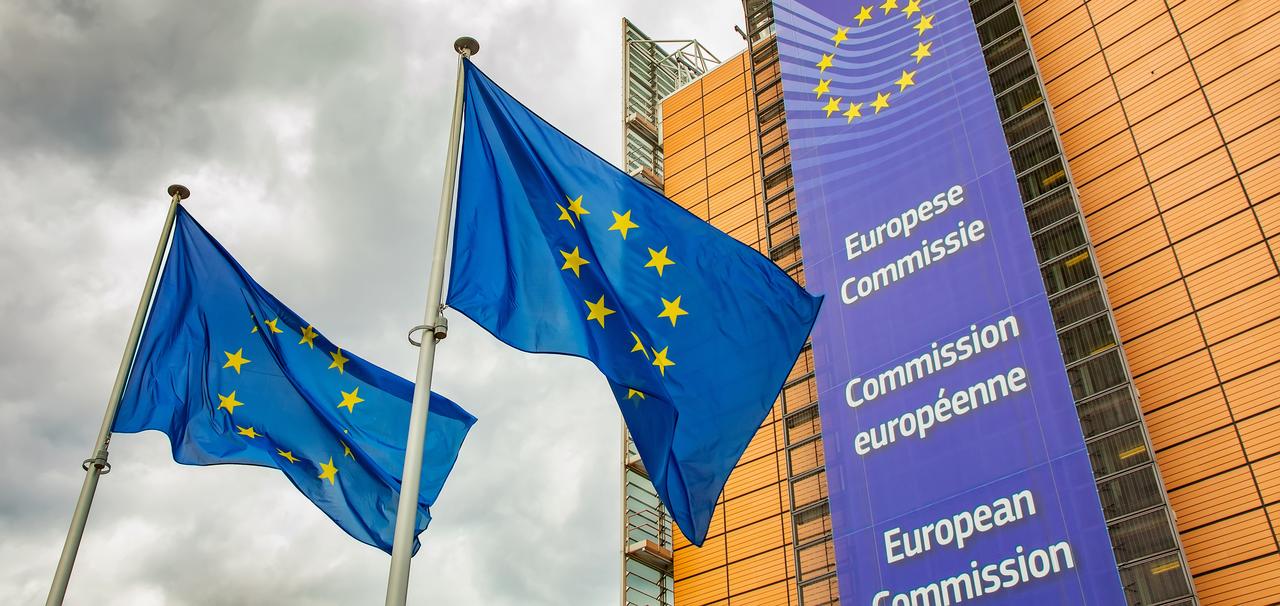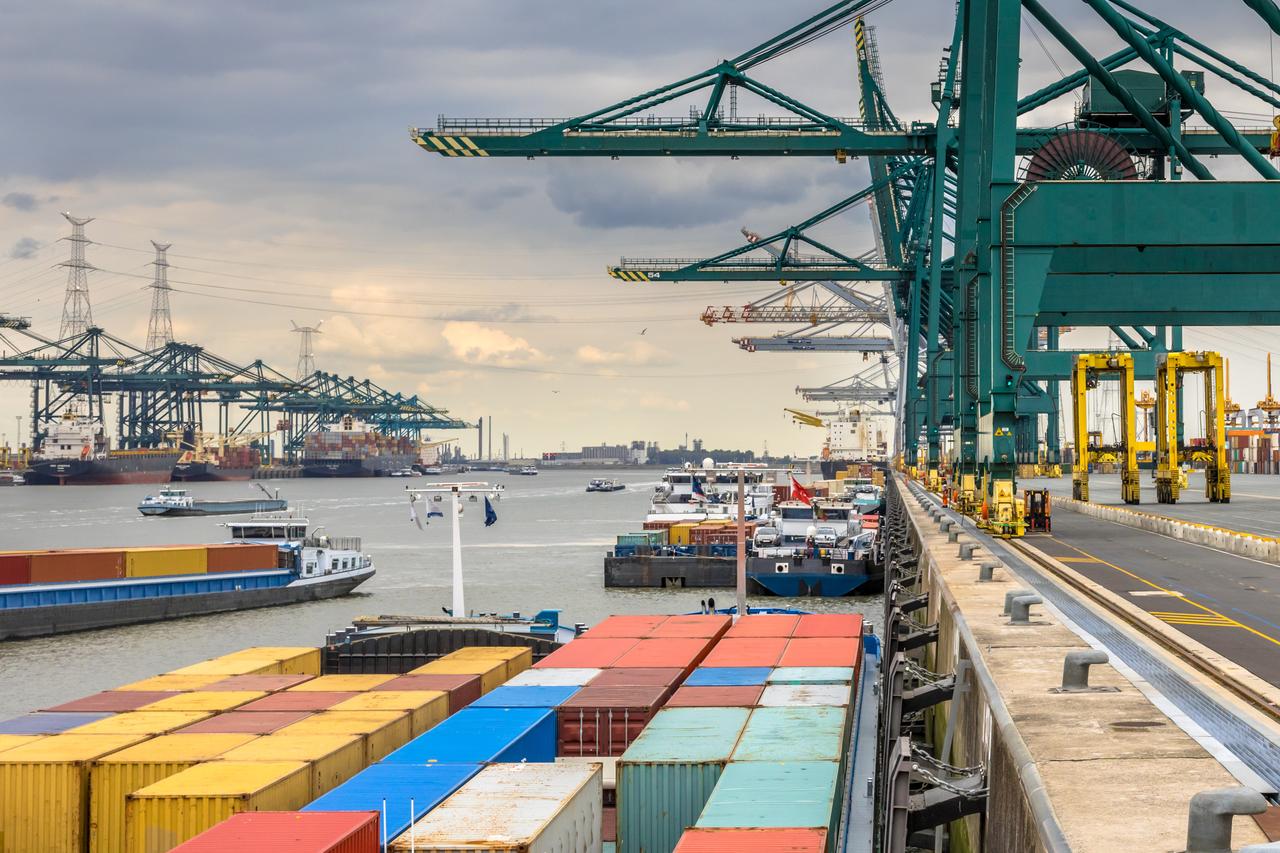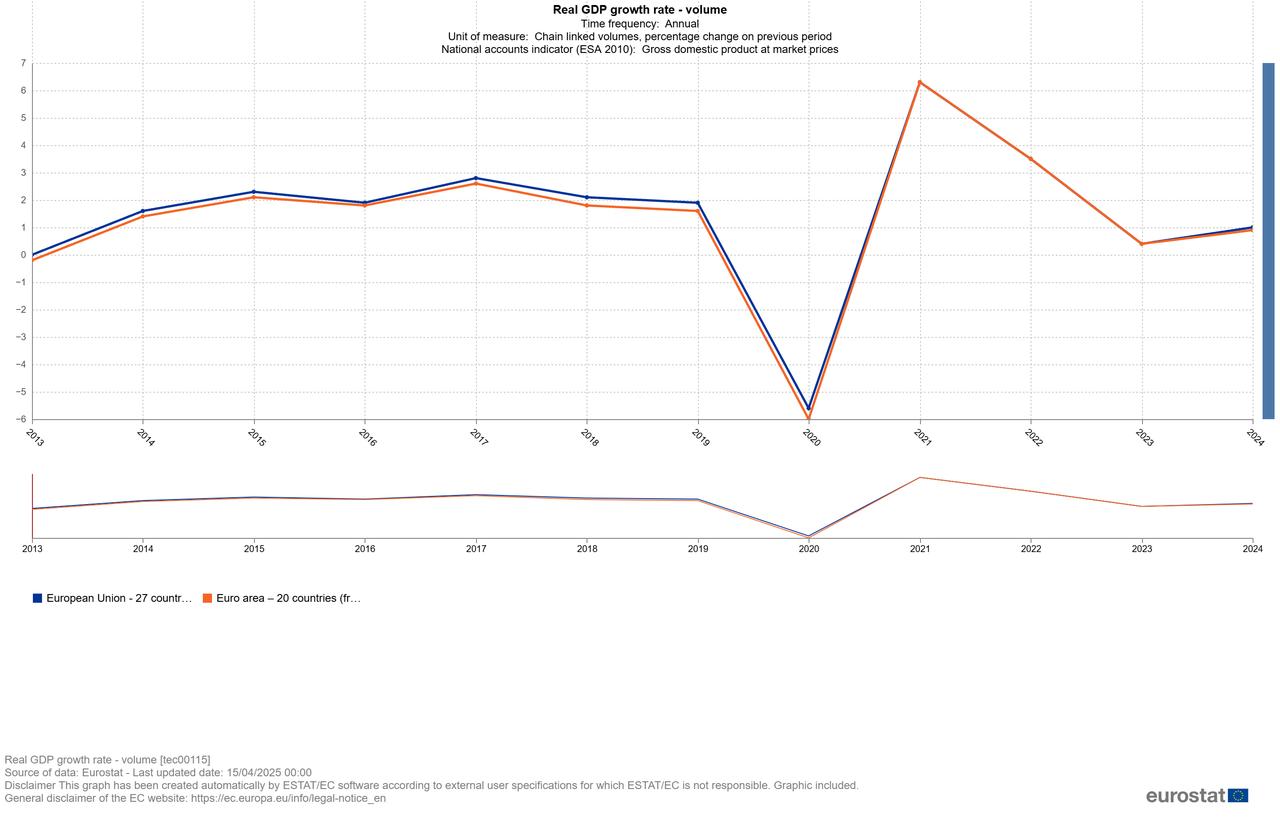
The European Union significantly downgraded its economic growth projections for the eurozone on Monday, citing intensifying global trade tensions largely stemming from U.S. tariffs unveiled by President Donald Trump in April. The revised forecast anticipates just 0.9% growth for the 20-member single currency bloc in 2025, marking a steep drop from the 1.3 % projection made in late 2024.
Brussels attributed this slowdown to a deteriorating global trade outlook and mounting uncertainty surrounding trade policies, particularly in light of Washington's aggressive tariff strategy targeting the EU and other major economies. In April, the U.S. administration imposed a 20 % levy on most EU goods and increased duties on a wide range of imports from various countries. Although those measures have been temporarily suspended until July to allow room for negotiations, the White House has maintained a baseline 10 % tariff on global imports, including those from the EU.

In addition to the 2025 revision, the EU also lowered its forecast for 2026 growth to 1.4%, down from the 1.6% previously expected. Valdis Dombrovskis, the European commissioner for economy, acknowledged that while internal resilience remains, external challenges are beginning to weigh more heavily on the bloc.
“Underpinned by a robust labour market and rising wages, growth is expected to continue in 2025, albeit at a moderate pace,” he noted, suggesting that household consumption may offer some buffer against global turbulence.

Still, the updated forecasts paint a more fragile picture, especially for Germany—the EU’s largest economy—which is now expected to post zero growth next year. This marks a significant downward revision from the earlier 0.7% projection and reflects broader industrial sluggishness.
According to Dombrovskis, the risks to the outlook remain skewed to the downside, and he stressed that “the EU must take decisive action to boost our competitiveness” in the face of international headwinds.
The commission also underscored the lingering consequences of the U.S.-China trade conflict, which disrupted global supply chains and damaged cross-border investment. While the final tariff levels agreed by both countries in May turned out to be lower than originally feared, they remain high enough to act as a persistent drag on trade flows. This sustained uncertainty has prompted the EU to adopt a more guarded approach in its forecasts, particularly as export-driven sectors continue to struggle.
In a notable shift from previous forecasts, Brussels also pointed to the rising frequency of extreme weather events—including forest fires and floods—as a growing economic threat. These disruptions not only affect agriculture and energy production but also strain infrastructure and public finances. The commission’s latest outlook reflects a broader policy transition, as it pivots from a climate-mitigation focus to a competitiveness agenda, aimed at helping European firms keep up with mounting competition from Chinese and U.S. counterparts.
Despite the challenging external environment, the inflation picture across the eurozone has started to stabilize. The Commission maintained its 2025 forecast at 2.1%, hovering near the European Central Bank’s target, and trimmed its 2026 estimate to 1.7% from 1.9%. Price pressures have eased significantly since peaking above 10% in late 2022, providing some relief to households and businesses alike. However, officials warned that further escalation in trade tensions could “reignite inflationary pressures,” signaling that vigilance will remain essential in the months ahead.